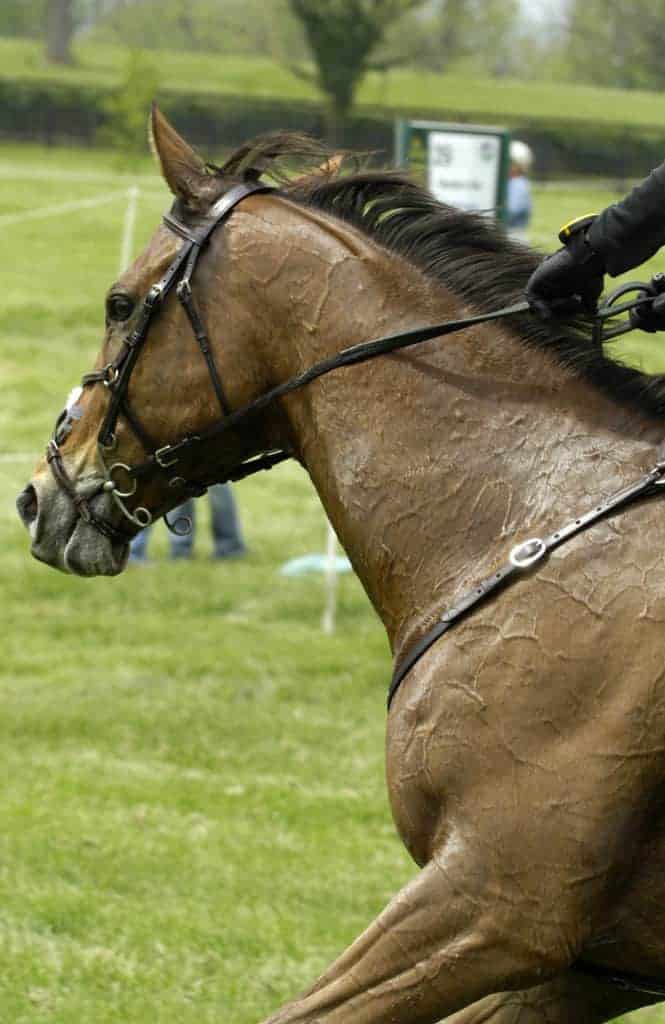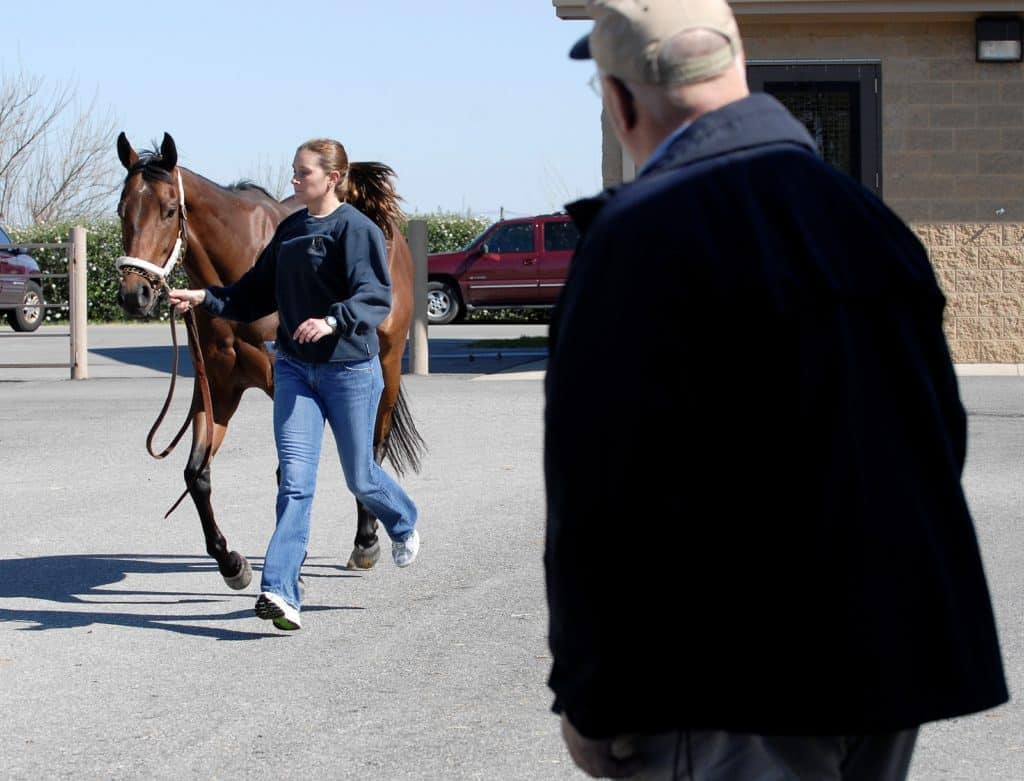
Researchers Test Equine Muscle Fatigue Sensor
Researchers tested electromyography for identifying equine muscle fatigue during exercise.

Researchers tested electromyography for identifying equine muscle fatigue during exercise.

Nearly 50% of high-performance barrel racers evaluated showed radiographic changes in their fetlock joints.
Three horse health and welfare studies will be carried out during this year’s Tevis Cup endurance ride.

Understanding equine acute rhabdomyolysis can help ensure affected horses receive appropriate veterinary care.

Athletic horses exposed to airborne particles could experience enough mucus buildup to limit performance.

Elite endurance horses had fewer cardiac abnormalities and different cardiac dimensions than non-elite horses.

Three veterinarians who reviewed the colt’s treatment regimen found nothing out of the ordinary.

Muscular causes of poor performance, such as tying up and back pain, are relatively common in equine athletes.

Electrolytes can help increase equine performance when supplementing a balanced diet.

Researchers found that recovery periods during conditioning could improve horse training efficacy.
Regulatory veterinarians implemented new protocol after an increase in the number of racing injuries in May.

Researchers found that foals turned out to pasture had similar joint defects as those exercised daily.

At the center of vet checks is a close examination for signs of general illness, injury, or lameness.
The board discussed clenbuterol use in racing, firocoxib thresholds, and other horse health related topics.

One researcher relayed that it could be possible to identify horses at risk for injury before accidents occur.

No matter what type of competition is being held the health and well-being of the horse is of great concern.
Stay on top of the most recent Horse Health news with
"*" indicates required fields